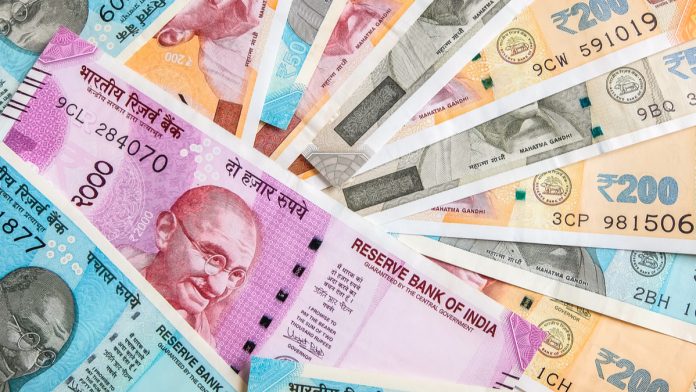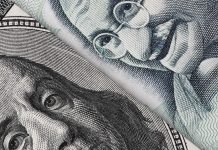- Indian Rupee (INR) strengthens across the week
- RBI leave rates unchanged at 4%
- US Dollar (USD) trades lower on risk flows amid vaccine optimism & stimulus hopes
- US NFP in focus
The US Dollar Indian Rupee (USD/INR) exchange rate is slipping lower on Friday, paring gains from the previous session. The pair settled +0.15% higher on Thursday at 73.86. At 11:15 UTC, USD/INR trades -0.2% at 73.69. The pair is on track to end the week -0.3% lower, its third consecutive week of losses.
The Reserve Bank of India as expected has kept its key interest rate unchanged at 4%, whilst stressing that it will continue to ensure liquidity to stressed sectors to keep the economic recovery on track. The RBI opted to keep its accommodative stance for at least this financial year and into next in order to support economic growth.
The RBI Governor Shaktikanta Das said that the Indian economy was rebounding faster than expected as it recovers from the covid hit. However, he also warned that the recovery was far from broad based.
The central bank believes that inflation will remain elevated owing to the rising food prices which constrains monetary policy.
Indian stocks surged higher hitting record highs following the decision and the Rupee rallied.
Meanwhile, the US Dollar is trending lower across the board on vaccine optimism and hopes that US fiscal stimulus could be agreed soon.
Talks have restarted between the Democrats and Republicans over a $908 billion stimulus deal.
Attention will now turn towards the US non-farm payroll release later today. Analysts are expecting nearly half a million new jobs were added in November, this is down from October’s 638,000. The unemployment rate is expected to tick lower to 6.8% from 6.9%.
The lead indicators this week have been tilted towards the downside after ADP private payrolls printed well short of forecasts and the employment component of the ISM manufacturing report also declined. However, the ISM non-manufacturing employment component ticked higher. A stronger than expected report could see the US Dollar decline on risk flows, a weaker report might just be ignored.





